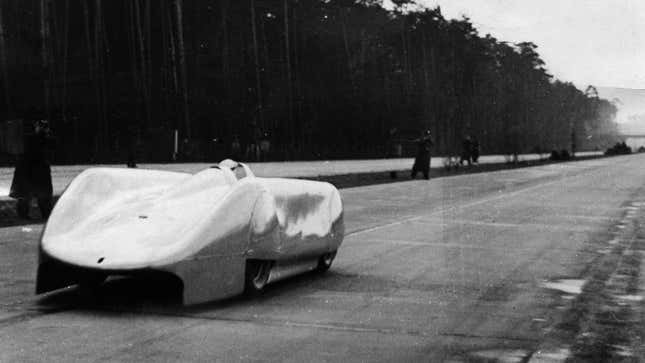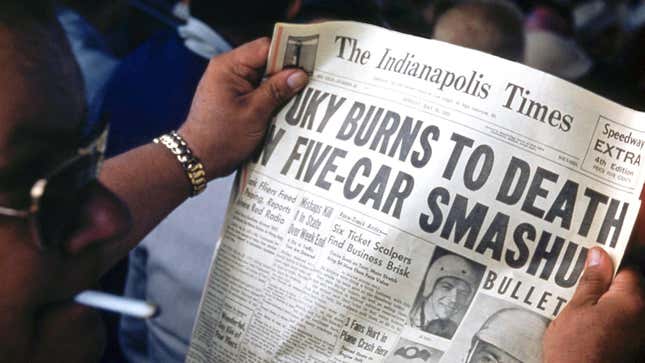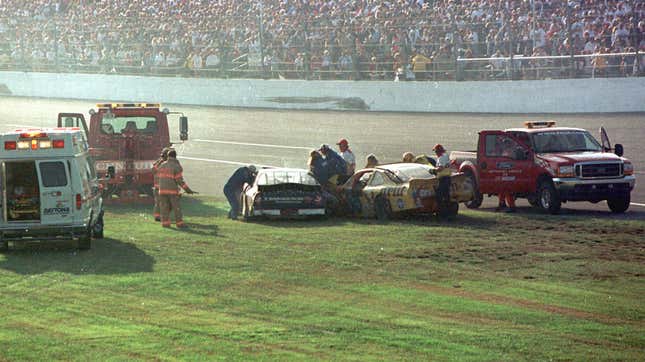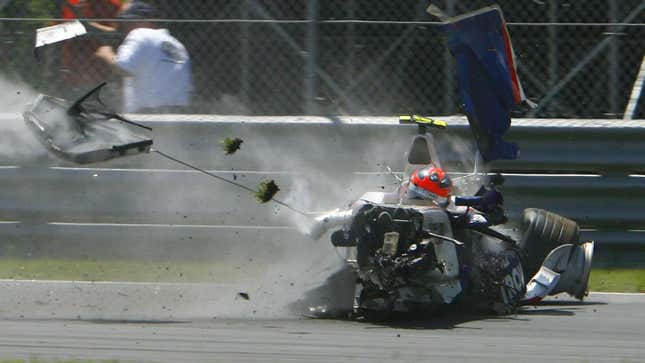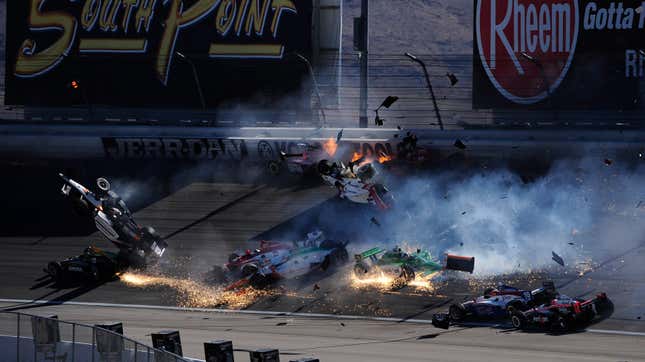Crashes are an unavoidable part of motorsports. The looming threat of an incident spontaneously taking a car out of competition is a significant part of motorsports’ drama. However, the danger of a crash injuring or even killing a driver is the most distressing aspect of the sport. Governing bodies do what they can to ensure the safety of everyone involved, while others claim those efforts make driver errors not as costly to their performance as they used to be.
It’s been 15 years since Michael McDowell’s catastrophic crash during qualifying for the 2008 Samsung 500. McDowell’s stock car got loose entering Turn 1 at Texas Motor Speedway and then hooked to the right, sending the No. 00 Toyota Camry head-on into the outside wall at 185 miles per hour. The car decelerated to zero mph over a single foot, then tumbled down the banking as it shed bodywork, components, and fluids.
McDowell walked away from the wreck and took part in the race in a back-up car. He would go on to win the Daytona 500 in 2021. He survived the crash thanks to the safety innovations developed in the wake of incidents where drivers couldn’t climb out of their vehicles. Here are the worst crashes in motorsports history:

